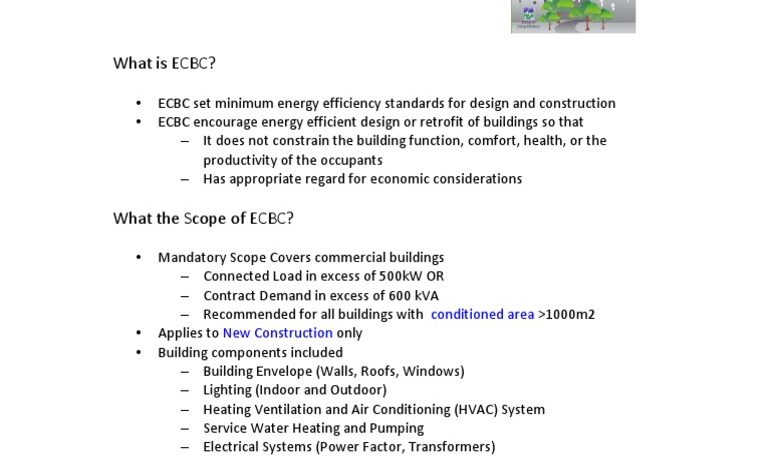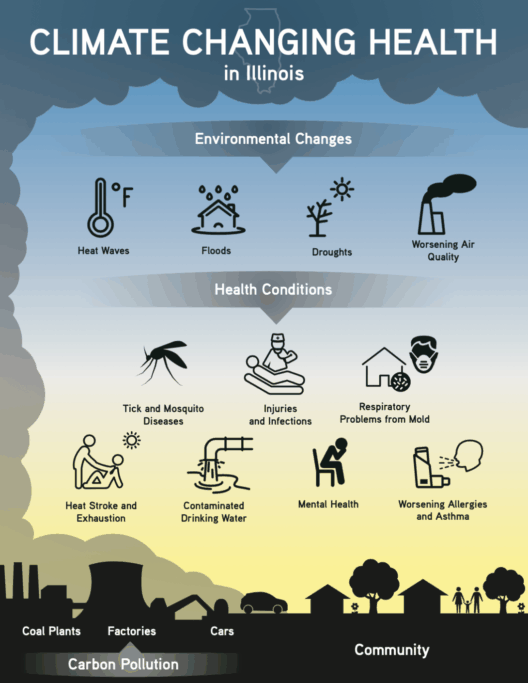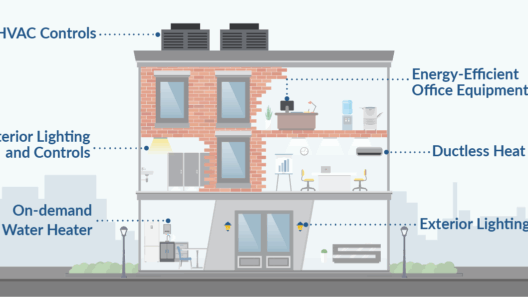The quest for sustainable living has incited a multitude of inquiries regarding the regulations governing new construction. One of the pivotal questions that often arises is: Do new houses have to follow the Energy Conservation Code? This inquiry is not merely academic; it carries grave significance for our environment and future generations. With the alarming escalation of climate change, efficiency in energy usage has transcended from a mere individual choice to a societal imperative. Adhering to energy conservation standards is not just a technical obligation, but a moral one as well.
To delve deeper into this topic, it’s crucial to understand the framework that governs energy conservation codes. Energy conservation codes, often referred to as energy efficiency codes, are state-specific regulations created to enhance the energy efficiency of buildings. The codes typically stipulate the minimum energy performance standards for new construction, ensuring that homes utilize energy in a responsible manner. The primary objectives of these codes are multifaceted: to reduce energy consumption, minimize greenhouse gas emissions, and ultimately lower utility bills for homeowners.
The Energy Conservation Code varies by region, as each state has the autonomy to adopt and modify codes according to its specific environmental challenges and economic conditions. For instance, states with harsher climates may impose stricter standards compared to those in milder regions. Thus, the answer to whether new houses must comply with the Energy Conservation Code largely hinges on local regulations. Most states have enacted some form of an energy conservation code, and most new homes are required to strictly adhere to these codes during construction.
However, one may ponder: are there any exemptions to this rule? Indeed, there are potential avenues through which certain types of constructions might circumvent the energy conservation requirements. For instance, homes built under specific circumstances—such as those deemed temporary or structures classified as agricultural buildings—might not be held to the same standards. Additionally, remodels or renovations sometimes encounter loopholes that allow older buildings to bypass updates dictated by newer energy codes. This conundrum raises an essential challenge in the pursuit of comprehensive energy efficiency; how do we apply these codes uniformly while accommodating diverse structures and needs?
As society becomes increasingly conscious of energy consumption, the ramifications of these energy conservation codes extend beyond regulatory compliance. Compliance with energy efficiency standards can materially impact a homeowner’s financial well-being. Initially perceived as an additional cost burden, the implementation of energy-efficient solutions such as improved insulation, high-performance windows, and energy-efficient appliances can lead to substantial savings over time. Moreover, homes that conform to stringent energy codes often yield a higher market value, offering a competitive advantage in property resale.
Nevertheless, while regulatory compliance and economic incentives provide compelling reasons to adhere to energy conservation codes, the implementation may not be seamless. Builders often encounter challenges with the upfront costs associated with incorporating energy-efficient technologies and materials. For some contractors, chasing profitability may result in pushback against stringent compliance. Consequently, the tension between affordability and sustainability continues to be a prominent issue in the housing sector.
From a broader perspective, the implications of energy conservation codes index an evolving paradigm shift toward realizing a sustainable future. By enforcing energy standards at the construction phase, communities can significantly diminish their carbon footprint. New houses that follow the Energy Conservation Code contribute to the mitigation of climate change’s adverse effects, offering a semblance of hope in an era where such dilemmas often feel insurmountable. Moreover, adoption of these standards can serve as a catalyst for technological innovations in energy efficiency, paving the way for novel solutions and sustainable practices.
However, a lingering question emerges: how can communities and policy-makers bolster adherence to energy conservation codes? Raising public awareness, incentivizing compliance, and fostering collaboration between the construction industry and regulators are all vital strategies. Educational campaigns can illuminate the long-term benefits of energy-efficient homes for potential homeowners. Furthermore, financial incentives such as tax credits and rebates for energy-efficient installations can stimulate participation and drive adherence to standards.
Ultimately, the conversation surrounding energy conservation codes in new construction is not solely about compliance or legality. It involves a deeper inquiry into our societal values, addressing the moral responsibility we hold to safeguard the environment for future generations. The choice to comply with these codes is emblematic of a broader commitment to sustainability—a commitment that can yield immense benefits in the long run, both for individual homeowners and society at large.
As we contemplate the future of housing and urban development, we must continue advocating for robust energy conservation practices. By fostering adherence to energy efficiency codes, we not only protect our planet but also cultivate a legacy of responsible stewardship. Through our collective action, we pave the way for a more sustainable, environmentally-resilient future. In this quest, one thing remains clear: the necessity of energy conservation codes for new houses is not merely a regulatory obligation, but an essential undertaking that calls upon us all to act decisively and thoughtfully.








